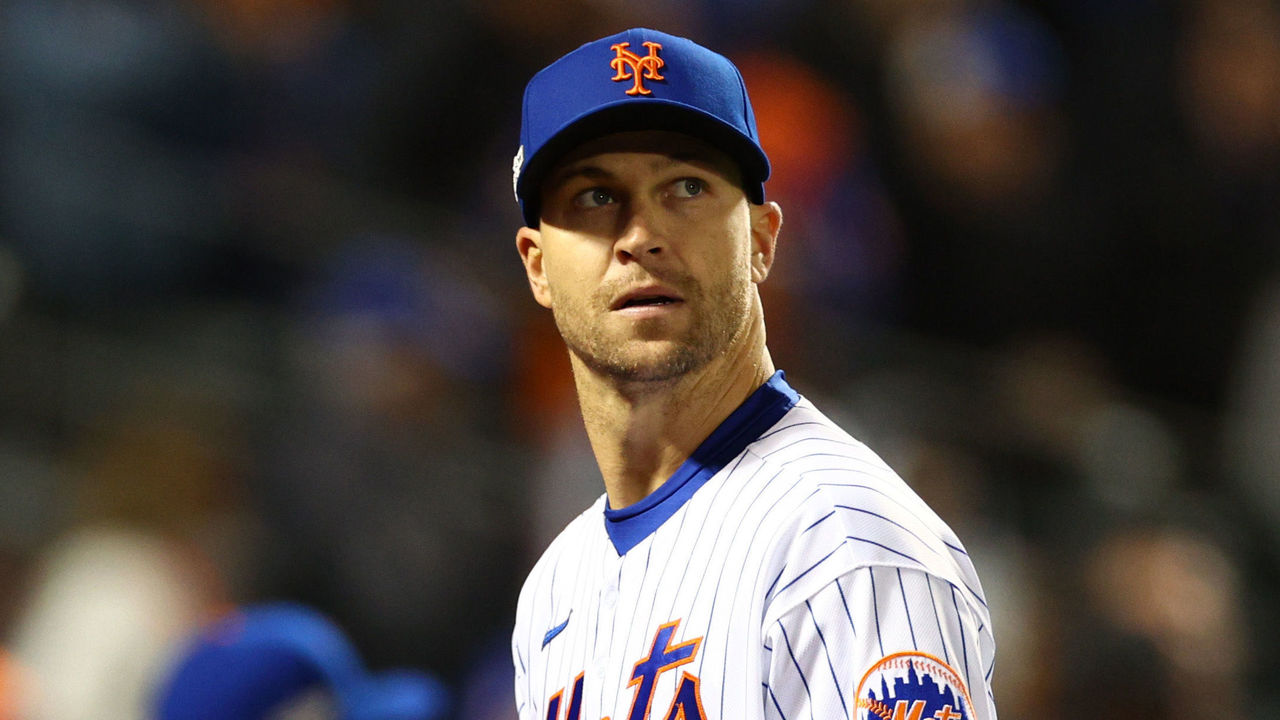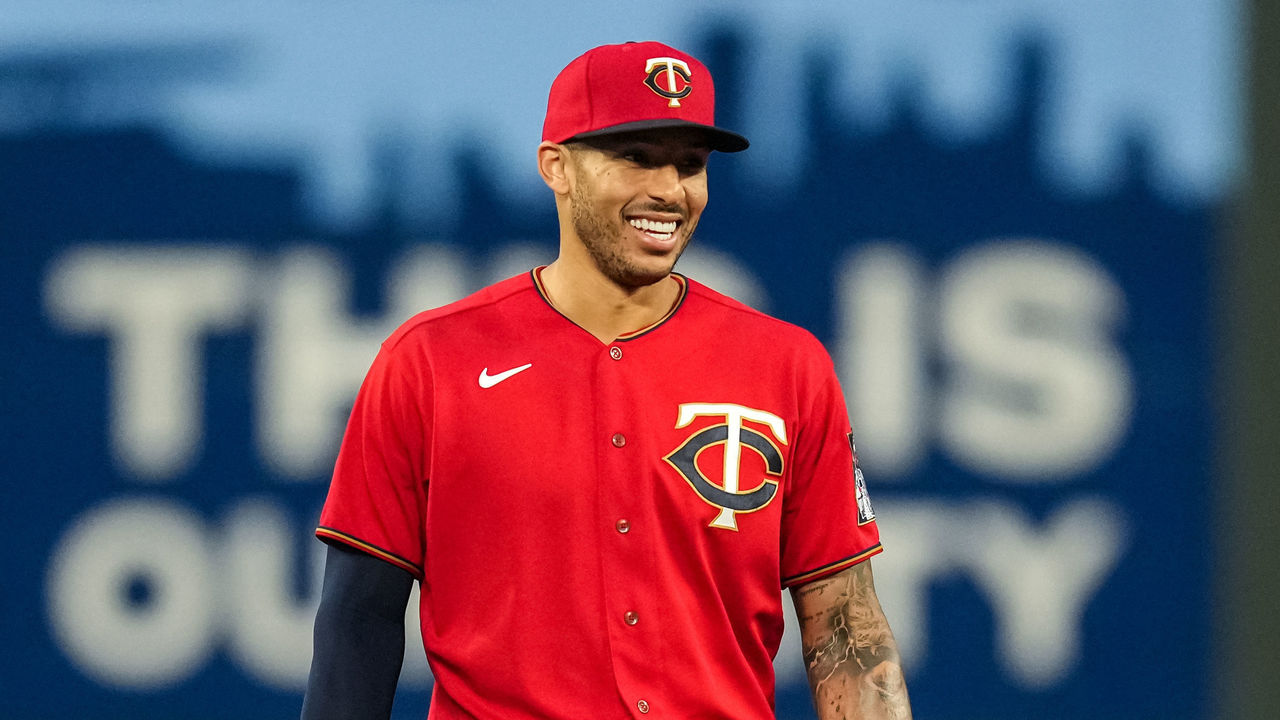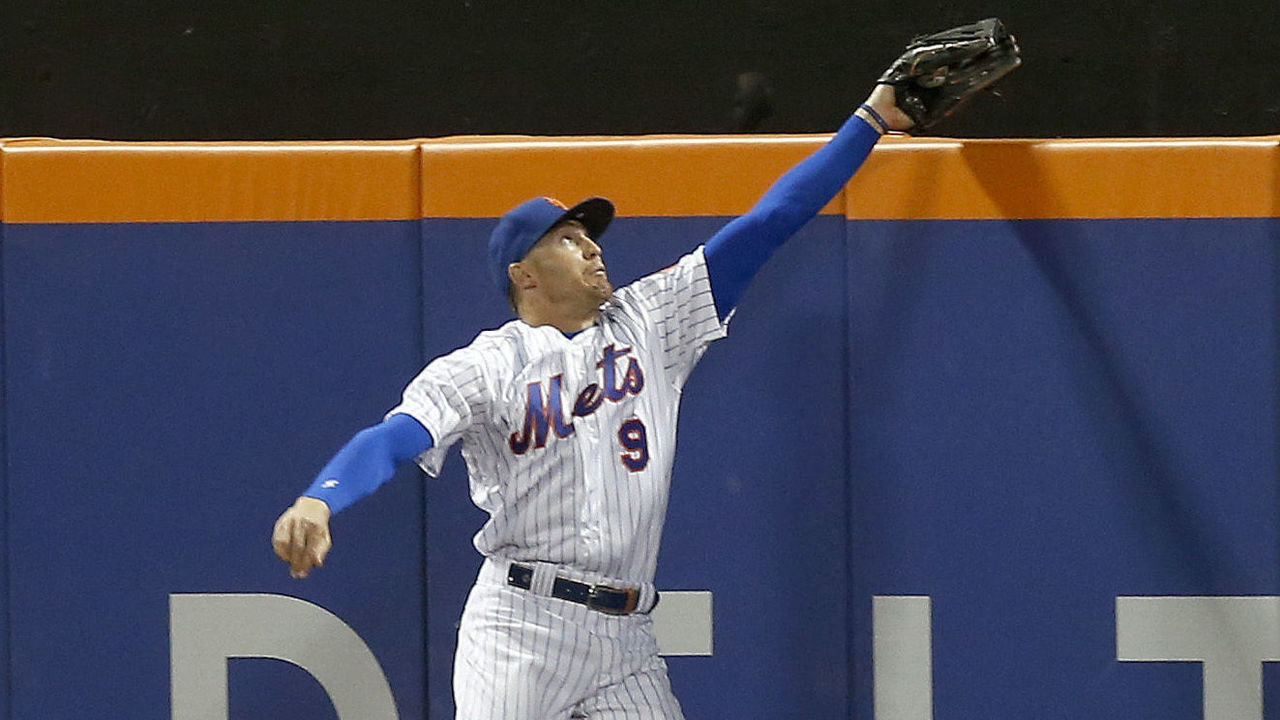Best fits for the offseason's top free agents
Major League Baseball's free-agent market opens for business Thursday.
A year after a record flurry of signings in the days before last offseason's lockout, it'll be interesting to see if new records are set as MLB revenues recover to pre-pandemic levels.
Teams will have a chance to bid for a number of star talents on the market, though most of those bidders again figure to be large-market clubs. In the first full free-agency cycle under the new collective bargaining agreement, clubs like the Reds and Pirates still won't be forced to be spenders.
With much intrigue ahead, theScore looks at the best fits - at least the most plausible fits - for the top free agents available.
1. Aaron Judge, OF
Judge made one of the greatest bets a player has ever made on himself in turning down a seven-year, $213-million contract from the Yankees prior to the season. The deal would have been the 23rd-largest of all time, and while turning down nine figures might not be rational financial advice for most - including star athletes - Judge stands to do much better than that after a remarkable season in which he set the AL home-run record.

His is a fascinating free-agency case. If he debuted in the majors at a younger age like superstars Bryce Harper and Manny Machado, who entered free agency in their mid 20s, Judge might easily set an MLB contract record. But Judge's age - he'll turn 31 in April - figures to make some teams pause on offering him term that extends too far into the future.
Two other recent superstar position players to enter free agency around the same age - Albert Pujols (age-32 season in 2012) and Robinson Cano (age-31 in 2014) - each signed 10-year deals, and the back ends turned sour for the signing teams.
Can Judge approach 10 years in a deal? He's set up perfectly to have large-market teams involved in an emotional bidding war. Or have teams become more sensitive to aging curves? Judge is athletic enough to play center field, so perhaps that will allow him to age more gracefully. He's also improving his longevity skills, like lowering his strikeout rate.
With that context, where is the best plausible fit?
Expect a strong offer from the San Francisco Giants, who need to make a leap to catch the Dodgers. The Giants ought to have appeal, located a couple of hours west of Judge's hometown. Perhaps Giants fans wouldn't boo him in the playoffs after a 62-homer season.
Dodgers star Mookie Betts indicated recently he'd move to second base to clear a spot for Judge in right field. The Seattle Mariners have plenty of payroll space under the luxury tax, can pair him with young stud Julio Rodriguez, and have a starting rotation locked up for multiple years.
Would the New York Mets get involved in a crosstown bidding war?
The Yankees remain the obvious best fit. For starters, they need Judge and his production to hold off AL East competitors. And the Yankees are still the wealthiest team in the sport and can likely top any offer. They're going to feel pressure to do so.
Prediction: Yankees, 10 years/$342M. Would rank third all time in total value behind Mike Trout and Betts.
2. Jacob deGrom, RHP
The great deGrom is the highest risk-reward free agent available. In the next few years, it's possible deGrom returns even more value than Judge - especially if he's pitching in, say, a Game 7 in the postseason.
That's if deGrom can stay healthy.

Per inning, he's the most dominant pitcher on the planet and his skills seem impervious to aging. If anything, he's getting better. His fastball velocity and strikeout rates since the start of 2021 sit at career-best levels. But it's the total innings pitched that is the problem. DeGrom hasn't tossed more than 92 innings in a year since 2019. He's going to be 35 in June.
Teams will likely be more comfortable giving deGrom a short-term deal with an elevated annual average value.
The Mets are going to be tough to outbid, with owner Steve Cohen showing this week he's willing to give a nine-figure deal to a reliever (Edwin Diaz). But deGrom could make even more impact with another large-market team: the Dodgers.
With Clayton Kershaw a free agent, there's some uncertainty in the L.A. rotation behind Julio Urias. Kershaw will turn 35 in March but has twice as many innings on his arm as deGrom. The Dodgers could use another elite arm to help propel the club through the postseason after falling short the last two years despite winning the most games in the majors.
The Dodgers outbid the Mets for Trevor Bauer on the market two years ago with a shorter deal that included a record annual average value. It could be a model for deGrom.
Prediction: Dodgers, three years/$138M. A $46-million AAV would exceed Max Scherzer by almost $3 million.
3. Trea Turner, SS
Turner is a well-rounded star who impacts a game at the plate, on the bases, and in the middle infield. Like deGrom and Judge, there are some age-based concerns. Turner will be in his age-30 season next year and one of his top tools is his speed, a trait that generally doesn't age well.

The Yankees and Tampa Bay Rays were two contending clubs with the weakest shortstop production in 2022, but the Yankees have young internal options nearly ready to emerge, and the low-payroll Rays have Wander Franco, who was hurt for much of the year.
The Atlanta Braves and Boston Red Sox could be suitors if they don't re-sign Dansby Swanson and Xander Bogaerts, respectively. The Phillies are never shy to bid on top talent.
But Turner could make the most near-term impact with the Mariners. Seattle's in the middle pack of teams in dollars committed for 2023, and to take on the Astros and help build around its promising young core, Turner could provide a huge boost, especially with new rules next year that will curtail defensive shifts and limit pickoff attempts.
It's a rich shortstop class, but Turner is the top talent among the group and could play at second base for the Mariners if they're committed to J.P. Crawford at the position.
Prediction: Mariners, eight years/$245M. It's not the kind of money Francisco Lindor, Fernando Tatis Jr., and Corey Seager commanded overall, but they're all younger than Turner and got longer deals.
4. Carlos Correa, SS
The depth of the free-agent shortstop class could hurt Correa again, as it did last offseason when he had to settle for a short-term deal with an opt-out clause. It's not clear if he'll have a better chance at a megadeal this time, but Correa has a couple of advantages working for him: he's the youngest of the shortstop group (entering his age-28 season), and he's rarely been anything other than terrific. He's a remarkably consistent producer with a career 130 wRC+ and is routinely rated as an above-average defender.

One intriguing dark-horse fit would be with Baltimore, where the front office is very familiar with Correa given its Houston roots. But Correa could fit as a star to build around in Chicago should the Cubs be ready to accelerate their rebuild.
Prediction: Cubs, six years/$165M. That would slot him sixth in AAV among current infielders.
5. Justin Verlander, RHP
Verlander produced another Cy Young-caliber season with average fastball velocity yet strikeout rates above his career marks. He figures to be a target for nearly any large-market contender with a pitching need. But the fit in Houston has been so good that bringing Verlander back on a short-term deal makes too much sense. He can help the club try to become the first team to repeat as World Series winners since the Yankees (1998-2000).

Prediction: Astros, one year/$38M.
6. Carlos Rodon, LHP
The Cardinals stated they intend to spend money this offseason and their biggest need is at the top of their rotation.
This team is built to win now with corner infield superstars Paul Goldschmidt and Nolan Arenado signed for multiple years, but they're not getting any younger. It figures to be a wide market for Rodon, but St. Louis must address its rotation. The Cardinals' starting pitchers had the seventh-lowest strikeout percentage in the majors. The lowest four: the Tigers, Rockies, Royals, and Nationals - not the kind of company you want to keep as a contending club.
Prediction: Cardinals, five years/$135M.
7. Xander Bogaerts, SS
Bogaerts, 30, leads all MLB shortstops in wRC+ since 2018. He's arguably as effective a hitter as any of the shortstops in this class, although his defense may not keep him at shortstop long term. If the Red Sox aim to contend in 2023 in a strengthening division, they can't afford to lose their stars while they're in their prime. In a crowded shortstop market, Bogaerts' best fit is remaining in Boston.
Prediction: Red Sox, six years/$160M.
8. Brandon Nimmo, OF

While Nimmo's not a household name, he owns a career .385 on-base mark and has improved defensively in center field. Since the start of 2018, he ranks 12th in the majors in wRC+ among qualified hitters (134), and only trails Judge in this class. He's also the only left-handed bat at the top of the free-agent class. He does have injury history, though, and he missed large swaths of 2019 and 2021. He did play 151 games last year, though, and put simply: the Mets can't afford to lose him.
Prediction: Mets, six years/$132M.
9. Dansby Swanson, SS
Yet another shortstop. In a crowded market, Swanson fits best remaining with his club, helping the Braves remain a World Series contender.
Prediction: Braves, six years/$138M.
10. Clayton Kershaw, LHP
When he's healthy, he's still one of the best in the game. But a stretch on the injured list seems like a guarantee each season now. He's not going to be a 200-inning arm any longer, but he can still be an impact arm for a contender.
Prediction: Dodgers, one year/$22M.
Travis Sawchik is theScore's senior baseball writer.
HEADLINES
- Report: A's won't rule out trading Miller, have high asking price
- Classic success: The Mariners' approach to pitching won't ever go out of style
- Trout chose surgery over trying to manage pain as DH
- TV series in the works about Ohtani's ex-interpreter's gambling scandal
- Hyde keeping struggling Kimbrel as O's closer: 'Need to get him right'